
There are a number of ways that you can raise the startup funding necessary to launch your chapter. Here are a few potential sources to get you started:

Grants may be available from local community foundations, AARP, and government sources.
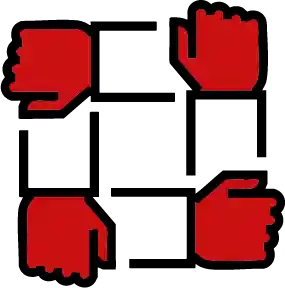
Civil organizations like Rotary/Elks/Kiwanis/etc often support local grassroots initiatives.

Senior living communities may have the budget to purchase a trishaw.
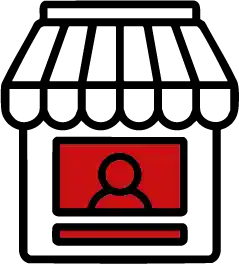
Small businesses could sponsor your chapter in exchange for logo placement on a trishaw.
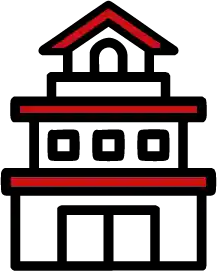
Places of worship might align with CWA’s mission to support older adults in the community.

Fundraiser rides are a great way to rally support with your local cycling community.
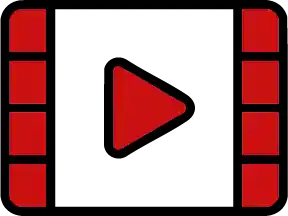
Film screenings of Cycling Without Age can show the impact that a chapter would have in your community. Contact wathemovie@gmail.com to learn more.

Find organizations in your community who can help you organize rides. Many organizations that work with vulnerable populations likely won’t approve of any outreach directly to the individuals who they serve. Reach out to the proper organization officials to create the strongest partnerships. Here are a few places to start.
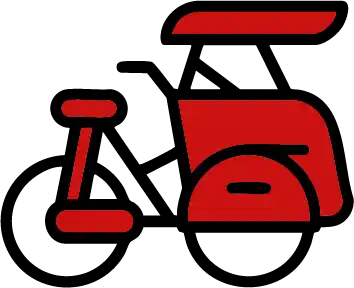
Once your funding is in place and your partnerships are established, it is time to order trishaw(s). Reach out to Copenhagen Cycles to walk through the different models and get a quote. Trishaws ship from Denmark and can take 8-12 weeks to arrive, so plan your chapter rollout schedule accordingly. Here are a few other things to consider as you order:
Build out a support kit for your trishaw(s). This can be stored in a pannier on the rear rack, or the storage compartment under the bench of select models. We suggest including:
First aid kit
Safety vest for pilot
Emergency contact list
Ride log
Chapter fliers to hand out to interested members of the public
A single trishaw requires roughly 5’x8’ for storage. Smaller than a car, but much larger than a bicycle. There are a few different places to consider that may fit this requirement:
In the garage of a core volunteer
At one of the senior living facilities where you give rides
In the lobby of a local business that sponsors your chapter
On the show floor of a local bike shop
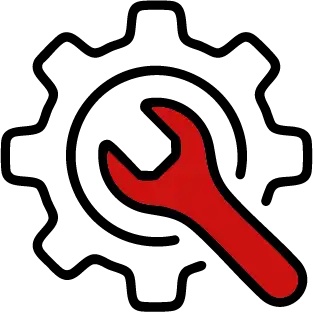
A proper maintenance plan will help prevent major mechanicals that could sideline your trishaw. We suggest partnering with a local bike shop or traveling mechanic service, ideally one that has ebike and/or cargo bike experience. Ask if they would sponsor your chapter with free/discounted service in exchange for logo placement on your trishaw and marketing materials. Consider planning two core service intervals:
Before every ride pilots should check:
Tire pressure
Battery life
Every 3-4 months a qualified mechanic should check:
Spoke tension
Brake pad wear
Battery health
Motor health
Tire wear